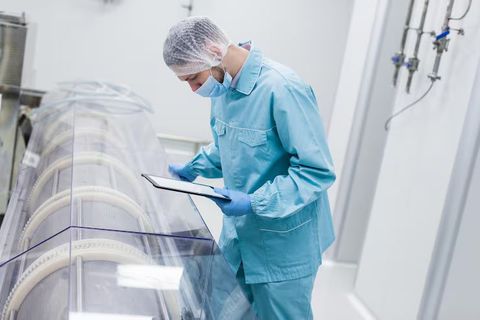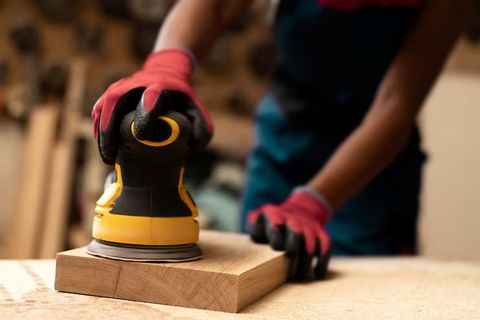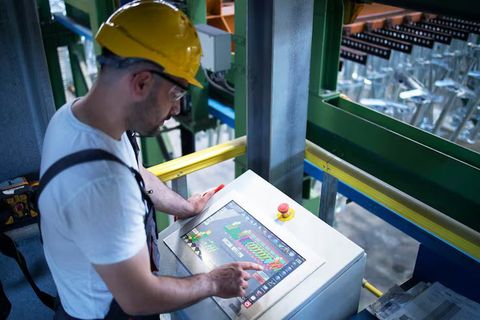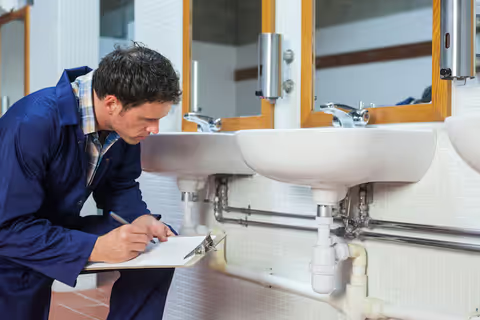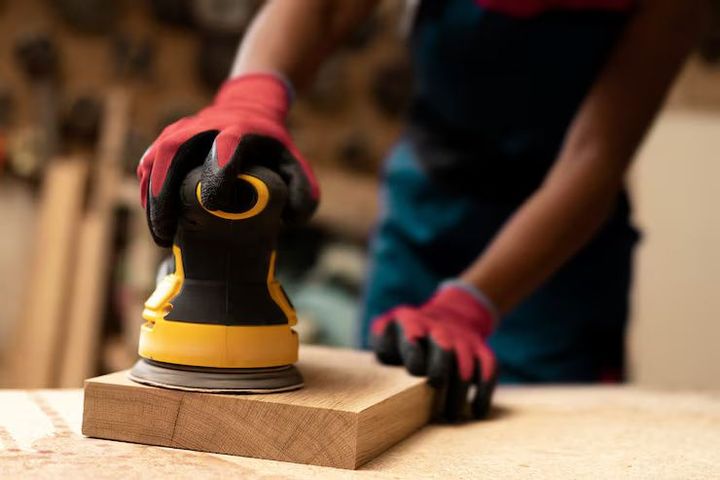
Polishing Machines Overview: Guide, Insights, and Essential Knowledge
A polishing machine is a mechanical system designed to refine, smooth, and enhance the surface finish of materials such as metals, plastics, glass, ceramics, and composite components. These machines exist because many industries require accurate surface quality to improve appearance, durability, and performance. Polishing helps remove imperfections, reduce roughness, and create surfaces that meet technical or aesthetic requirements.
Polishing machines range from simple bench-mounted systems to fully automated industrial units. They support manufacturing activities in automotive, aerospace, electronics, construction materials, jewelry production, and laboratory environments. As industries evolve toward improved product performance and material innovation, polishing machines remain essential tools for achieving high-quality finishing results across various applications.
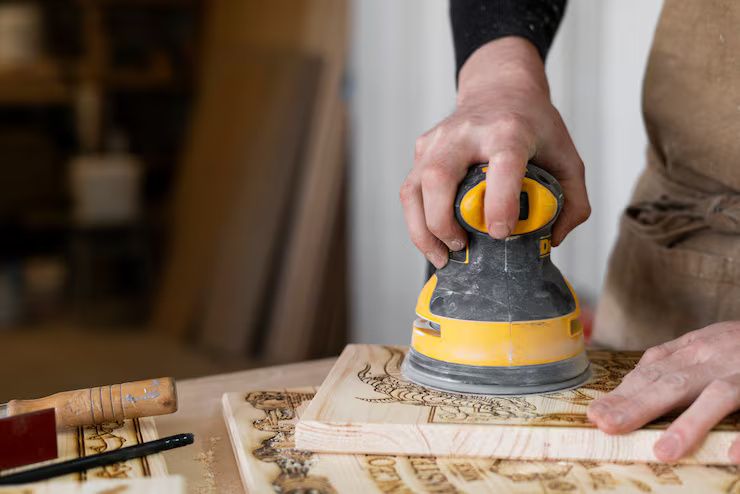
Importance
Polishing machines matter today because they directly influence the efficiency of modern production. High-quality surface finishing affects durability, corrosion resistance, thermal behavior, friction reduction, and structural stability. These elements are significant in sectors where precise surface properties impact safety, aesthetics, and functional reliability.
Industries that rely heavily on polishing include metal fabrication, semiconductor technology, optical component manufacturing, medical equipment construction, and engineering design. In these environments, polishing machines help solve key problems such as uneven surfaces, manufacturing defects, and inconsistencies from manual finishing. They also support faster production cycles, reduce human effort, and enhance uniformity.
Polishing technology contributes to global quality standards, sustainable manufacturing, and improved product consistency. As industries adopt new materials and complex geometries, polishing machines provide the required support to maintain accuracy and adherence to international finishing benchmarks
Recent Updates
Recent advancements in polishing machines reflect broader trends in automation, sustainability, and precision engineering. Between 2023 and 2024, manufacturers introduced compact, digitally controlled systems that enhance accuracy while reducing material waste. Automated polishing arms, integrated sensors, and closed-loop control systems have become more common in industrial environments.
Smart polishing machines now feature real-time monitoring dashboards, speed adjustment algorithms, and pressure-modulating technology that improve consistency. New abrasive materials developed in 2024 offer longer life cycles and environmentally responsible performance. Polishing systems used for semiconductor wafers, precision optics, and medical implants have adopted high-accuracy robotic platforms to meet modern micro-finishing requirements.
These updates align with ongoing global trends such as Industry 4.0 integration, energy-efficient technologies, and reduced manual labor dependency
Laws or Policies
Polishing machines are influenced by regulations related to workplace safety, environmental protection, and industrial standards. Countries typically follow national and international guidelines for machine safety, abrasive material handling, and occupational exposure limits.
Common regulatory considerations include:
-
Safety guidelines for rotating machinery
-
Noise and vibration control requirements
-
Regulations related to dust extraction and air quality
-
Workplace protective equipment compliance
-
Guidelines for machine guarding and accident prevention
-
Environmental rules for waste disposal and abrasive material management
In regions with strong industrial safety frameworks, polishing machines must comply with mechanical stability certifications, electrical safety standards, and emission limits. These policies ensure safer operating environments and responsible handling of materials used during polishing operations
Tools and Resources
Several tools and resources support polishing machine use, maintenance, and learning:
Helpful Tools
-
Surface roughness testers
-
Abrasive grain size charts
-
Torque and load calculators
-
Digital speed control interfaces
-
Automated polishing simulation tools
Learning Resources
-
Material finishing handbooks
-
Industrial equipment training modules
-
Polishing parameter reference guides
-
Surface engineering tutorials
-
Machine maintenance checklists
These resources help users understand performance metrics, material behavior, and maintenance steps for efficient polishing operations.
FAQs
1. What materials can be polished using a polishing machine?
Polishing machines can handle metals, plastics, ceramics, glass, composites, and stone surfaces depending on the abrasive configuration and machine type.
2. What is the difference between polishing and buffing?
Polishing focuses on surface smoothing using abrasives, while buffing provides a final shine using softer materials and minimal abrasive action.
3. How often should polishing machine components be maintained?
Maintenance frequency depends on usage. Most systems require periodic checking of belts, wheels, lubrication points, and dust extraction pathways.
4. Are automated polishing machines more accurate than manual ones?
Automated systems generally provide better uniformity, repeatability, and control, especially in industries requiring precision finishing.
5. Which factors influence polishing quality?
Key factors include abrasive type, machine speed, applied pressure, material hardness, and cooling or lubrication conditions.
Conclusion
Polishing machines play an essential role in modern manufacturing and material finishing. They support a wide array of industries by improving surface quality, structural performance, and aesthetic value. As technology evolves, polishing machines continue to incorporate advanced sensors, automation tools, and eco-friendly abrasives to meet new production challenges.
Understanding how these machines work, the regulations that shape their use, and the resources available for learning helps users make informed decisions in industrial and technical environments. With recent innovations and ongoing demand for precision finishing, polishing machines remain vital tools in global engineering and production processes.


